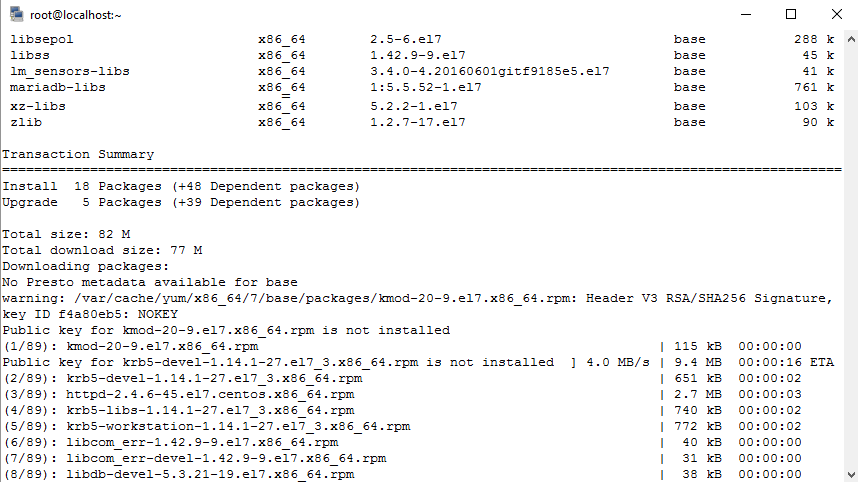
# don't meet the criteria provider by the access provider, they will be Even if a user successfully authenticates, if they # The access provider controls the source for determining who is allowed # By default, SSSD will use the value of id_provider. # As with identity providers, SSSD can authenticate in a variety of ways. # the domain's source of identity information. # such as LDAP, local files, and Active Directory. # SSSD can resolve user information from a number of different sources # The verbosity of this domains log file. # remove cached credentials, this option will cause them to expire # By default, the credential cache never expires. # domain is unavailable, users will still be able to login using the # authenticating a user, the credentials will be stored locally. # This enables or disables credential caching. As with the main section, 9 is maximum verbosity. # The verbosity of output and logging related to PAM requests. # A list of domains to check when a client makes a request. # Level 9 is the most detailed level available. # A separate process for each service is started The comments in the example explain what the various options do.
#Install ldapsearch centos yum install
Install the SSSD packages: # yum install sssd Configure SSSD Create a Configuration FileĬreate the file /etc/sssd/nf with the following contents, replacing the highlighted portions with what is relevant to your system.

If you follow my guides, do not skip TLS configuration. If not, you can always follow my guides on installing OpenLDAP and configuring it for Linux authentication. I am going to assume you have a directory server up and running. I consider the biggest advantage of SSSD is the ability to cache credentials. While I prefer nss-pam-ldapd for authentication and password resolution on Linux systems, sssd has a few advantages.


 0 kommentar(er)
0 kommentar(er)
